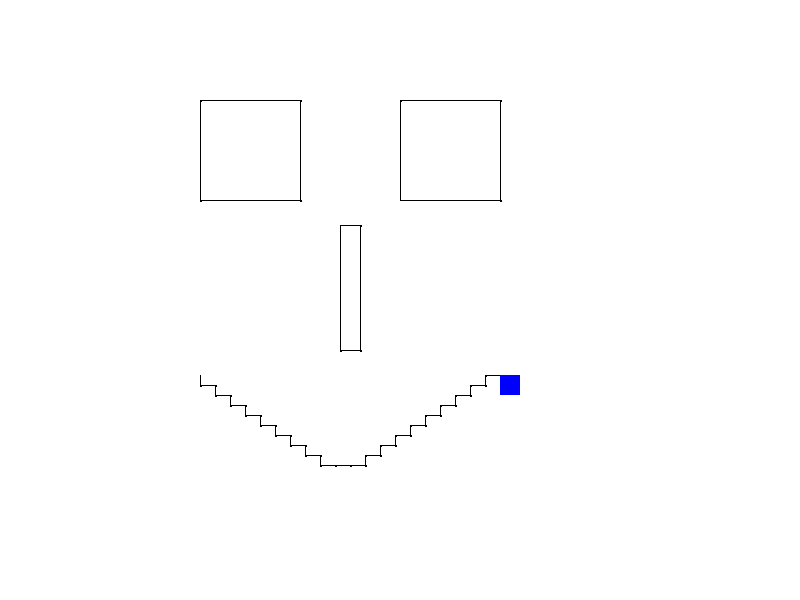We’ve been writing a bit of Scala lately (more on that later) and one of the “gotchas” we ran into was adding a Maven project in the Scala IDE (Eclipse). We wanted to use Maven because we needed to manage some Java dependencies, are generally more familiar with it, and didn’t want to deal with figuring out sbt. It turns out, there’s an existing Maven archetype for building Scala projects but it takes a bit of finagling to get it to work in Eclipse.
From Eclipse
The first thing you’ll need to do is add a “Remote Catalog” to your list of available Maven archetypes. To do this, click through Windows > Preferences and then on the left navigate through > Maven > Archetypes > Add Remote Catalog. From there, you’ll need to add a “Remote Catalog” with the catalog file set to http://repo1.maven.org/maven2/archetype-catalog.xml.

Once this is done, you’ll be able to File > New > Other and select Maven > Maven Project. On the archetype selection screen you’ll now be able to search for “net.alchim31.maven” which is what you’ll want to select.

When I tested this, there were a couple of problems with the project that the archetype created. To solve these issues I had to do the following:
- The pom.xml was generated with a placeholder for my Scala version so I had to replace all the instances of “${scala.version}” in the pom with “2.11.7”. You’ll want to match this with the version of Scala you have installed.
- junit wasn’t properly importing so the classes in test/ were throwing a compile error. I didn’t have any immediate testing needs so I deleted the entire test/ directory and removed the test related dependencies: junit, org.specs2, org.scalatest
- The pom passes an invalid “-make:transitive” option to scalac which I just removed. It’s around line 51 inside the “args” block for scala-maven-plugin
- The archetype also sets the compiler version to 1.6 which I bumped to 1.8
Creating a runnable JAR
Another common “gotcha” with Scala and Maven is creating a runnable JAR, so basically something you can run with “java -jar yourjar.jar”. This is a bit tricky with Scala since you have to package in the scala library along with your dependencies. And then on the Maven side, it seems like there’s a dozen ways to accomplish this successfully. I ended up using the maven-assembly-plugin with the following configuration:
And then you can compile and run like any other Maven project:
A working pom.xml
Copied below is the pom.xml file in all of its glory. Let me know if you run into any issues.

